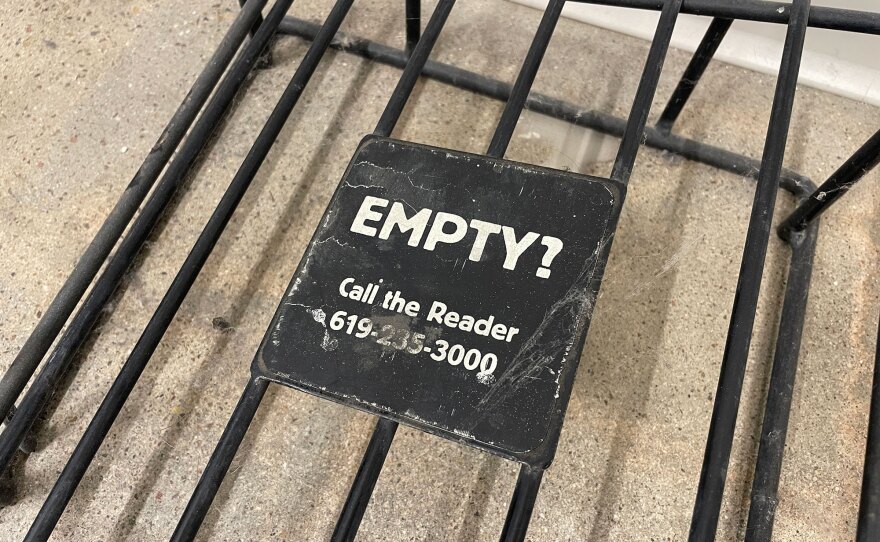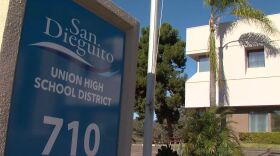Worn, black file drawers are stacked 12 high, organized by date: 1972-2025.
Tucked in a storage room in the San Diego Reader's Golden Hill office, the drawers hold a copy of nearly every single issue ever printed — approximately 2,600 issues.
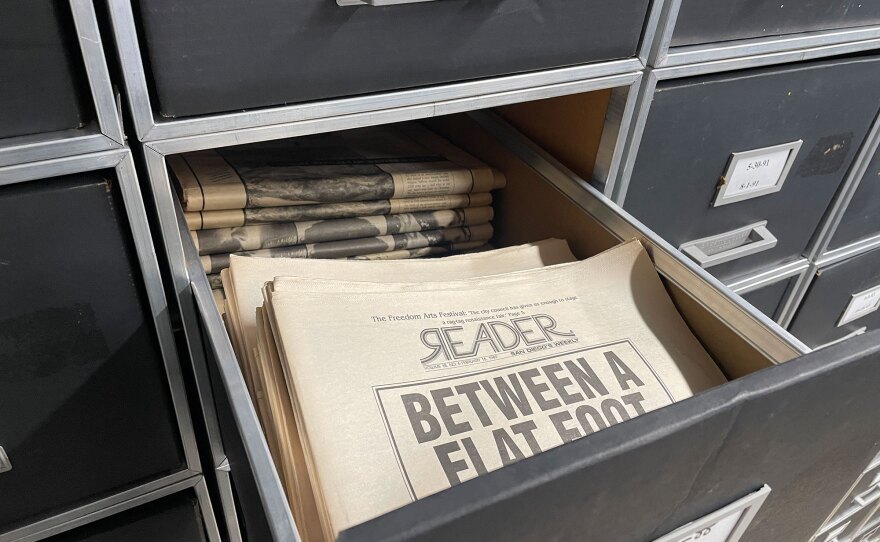
Those issues are a sort of living record of the city, says longtime writer and editor-turned-owner Matthew Lickona.
"A lot of identity is memory. Memory is what makes anybody into a somebody. And this, here, is a memory of San Diego that was available to the whole city that asked and answered every week the question, 'What's it like in San Diego?'" Lickona said
For decades, San Diegans could count on grabbing a print copy of the Reader at cafes, liquor stores and street corners. Each issue contained what staffers call "longform literary journalism" alongside concert listings, columns, theater, film, music and restaurant reviews.
But the Feb. 13 edition was the last.
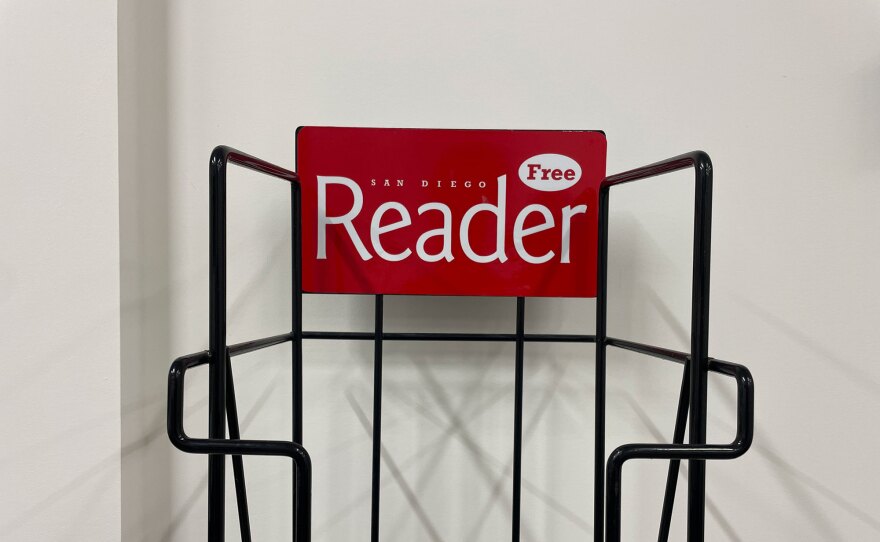
Jim Holman started the Reader in 1972, modeled after the Chicago Reader. He said the value of an alternative weekly is in its independence.
"The Reader was started as what they call an alternative paper, and it was independent in the sense that we didn't owe anybody anything. We didn't have any super large advertisers. So that gave us freedom — freedom of speech, complete freedom of expression," Holman said.
After a financially rocky start, the alt-weekly enjoyed many years of comfortable success, mainly perched squarely on the shoulders of its popular free public classifieds.
"So the first five years were very precarious. You know, I was borrowing money from all kinds of people to try to make it work. Finally, after three years, I think it was, we started to break even. Then we grew little by little by little and there was never any trouble — until Craigslist."
Community members could submit nearly anything to the classifieds, which were free to print — and, of course, free for the public to read in an issue. The archives of those early years of the Reader could serve as something of an economic almanac of historic pricing for rent, used furniture, used cars, tutoring, violin lessons and more. The classifieds also offer glimpses into what people looked for in a roommate or what community groups were meeting and why.
At the peak of its free public classifieds era, Reader issues sometimes topped 200 pages.
The more classifieds it ran, the more pages it could print. And the more pages it printed, the more advertising the Reader could sell. After the advent of Craigslist, the number of Reader classifieds gradually dwindled — so did the page count, and so did the ad revenue.
In its final years, the issues were slim — roughly 40 pages.
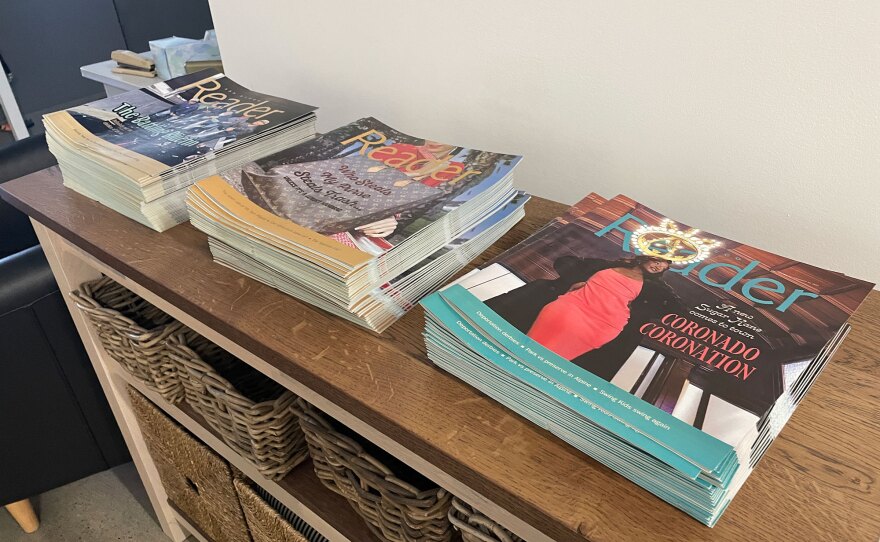
Lickona bought the Reader from Holman in December for just $1. A part of the editorial and writing staff for 30 years, Lickona said he originally thought he could find a way for the paper to double down on print and make it more successful. He quickly realized that the company really only had enough "runway" to cover the costs of closing down print production.
"When I bought it, it was with the express idea — I reassured our circulation manager, you know, day one, I want to not only maintain print, I want to invest more heavily in it. I want to re-up circulation to try to drive interest," Lickona said. "I had some runway, I ran out of runway. And it's just not able to endure on that end of it."
Lickona still believes in keeping the Reader alive — even without print — for as long as he can. But he's keeping an eye on the finances.
"I have to think about what happens if we run out of room all together and so there's a hard number. And if we get down to that number, it's got to end, but it will not end unless we get there," Lickona said. "It's very much what I love and what I will do if I possibly can."
To survive, the Reader will close the Golden Hill office and lay off production staff, but Lickona and freelancers will continue publishing online — as long as possible.
As for the archives, Lickona is in talks with several institutions to find them a home — including the San Diego History Center and local university libraries. While nothing is certain yet, he hopes the Reader’s physical history can find a way to stay local.
